|
There are no secrets to discover as the steps to becoming a jazz musician have already been mapped out by previous generations of musicians and educators. My first suggestion? Don't waste your time online looking for "the secret."
Here are my top five non-secrets to learning to play jazz.
Project suggestion. Investigate the jazz curriculum outlines of jazz colleges and compare. Here is a start. Jazz in America Lesson Plans through the National Jazz Curriculum - Hancock Institute of Jazz TRADITIONAL JAZZ CURRICULUM - Jazz Education Network (jazzednet.org) Yearly Program Study Plan; B.Mus. Jazz | Music - McGill University Bachelor of Music in Jazz Studies - Education - Capilano University Jazz Studies (BJazz) | Explore UM | University of Manitoba (umanitoba.ca) You will note the following areas are common: lessons, theory, ear training, ensemble playing, history, and improvisation. If I can help you call me, I teach piano, and jazz. David
0 Comments
I wrote this for an adult student preparing for her Royal Conservatory of Music Grade 3 exam. She is working on Clowns by Kabalevsky and needed a short etude to practice her mixed articulations. Passages with mixed articulations are common throughout piano literature. To utilize this etude for yourself, start very slowly. Eighth note = 60 BPM and work up from there. The video will help you along. Have fun. David This week an adult student came to class in a state of agitation. They were frustrated that they didn't have time this week to practice, and they felt embarrassed.
Five things to consider.
I said, "John, think of this hour as an oasis without responsibilities". That worked, he had a fun lesson. He even sent a thank you email after class. David Learning Blue Bossa in 6 KeysMaterials required:
Lesson to play in 6 keys:
3. Play the melody in the following keys: Cm, Am, Em, Dm, and Gm. Follow the instructions in step 1 after you review the natural minor scales and the major scales ½ step above these minor scales.
4. Now add the chords. To transpose the chords, you must do the following steps. Write out the c natural minor scale: C D Eb F G Ab Bb C. Directly below these letters write the scale of the new key, say f minor: F G Ab Bb C Db Eb F. Be sure the letters line up. C is directly above F and so on. Then, C minor chord becomes F minor chord, F minor chord becomes Bb minor and so on. Write out the scale of Db: Db Eb F Gb Ab Bb C Db and then the scale ½ step above f minor, in this case Gb: Gb Ab Bb Cb Db Eb F Gb. The chord qualities, of course, remain the same. 5. What do we learn?
David What to listen for.
Activity.
Follow-up. Yesterday my student and I listened to the first two measures of each recording. What a revelation. The differences in the performances became more obvious with each listening and these differences were large. I invite you to try the same. Have fun, David
From whiteboard notes and exercises I sent to students this week. David |
You've got to learn your instrument. Then, you practice, practice, practice. And then, when you finally get up there on the bandstand, forget all that and just wail. AuthorI'm a professional pianist and music educator in West Toronto Ontario. I'm also a devoted percussionist and drum teacher. Categories
All
|
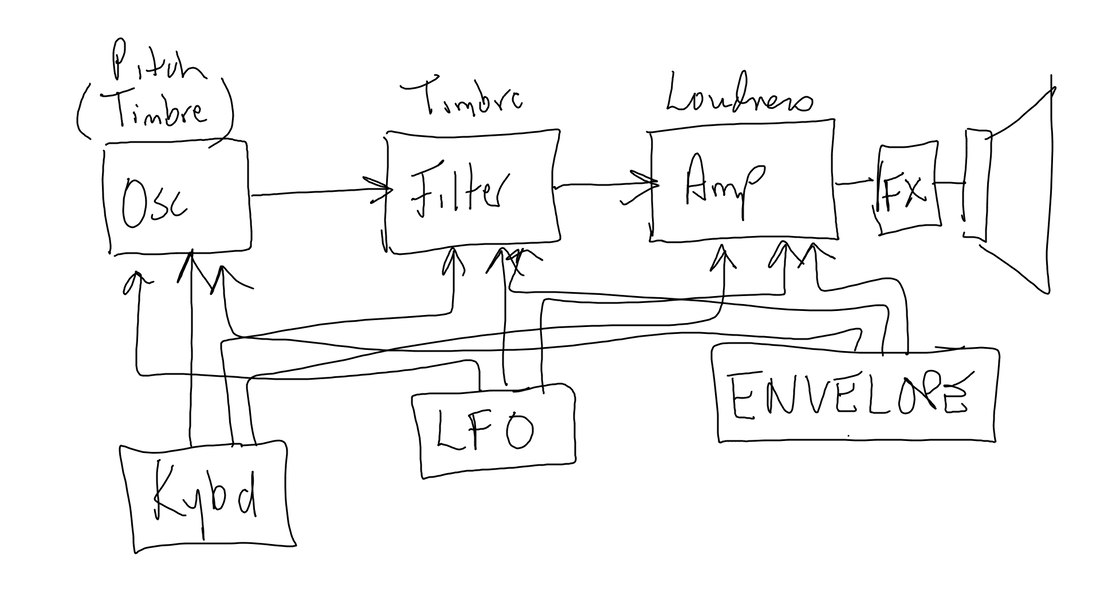
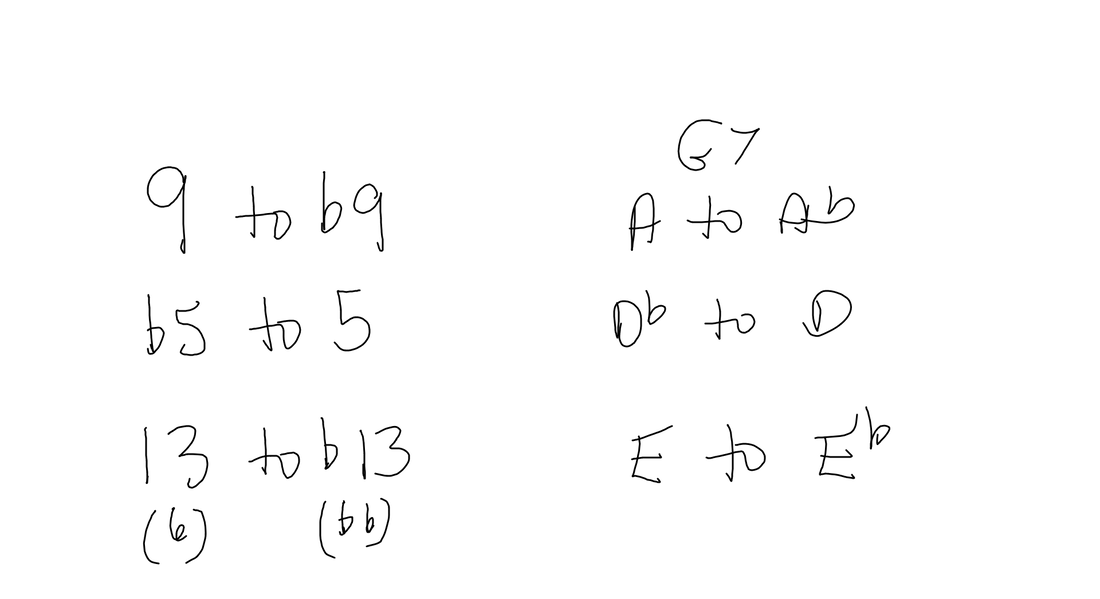
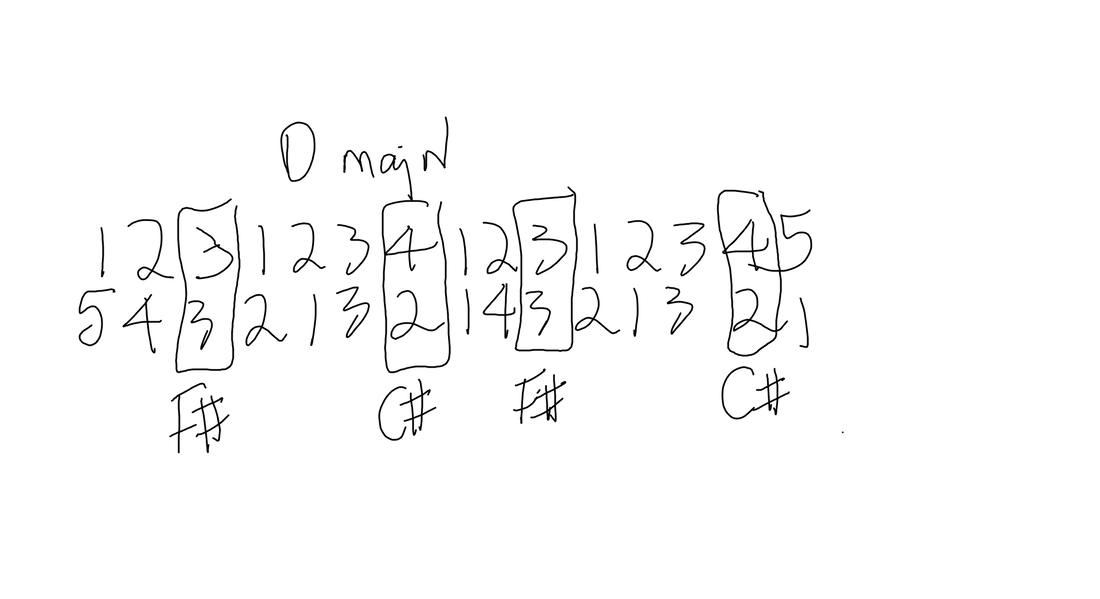
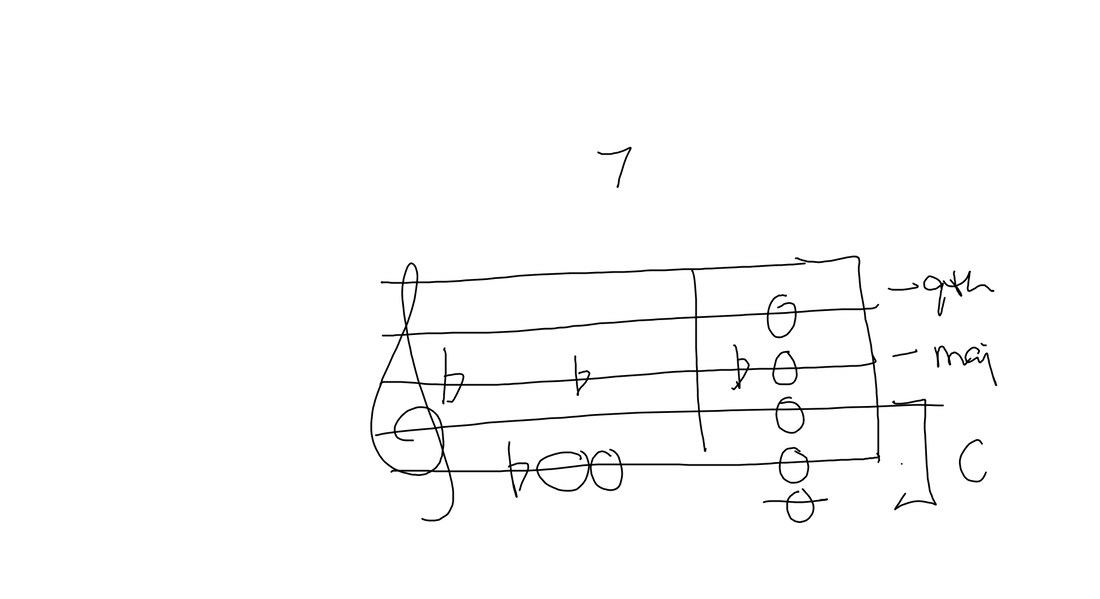
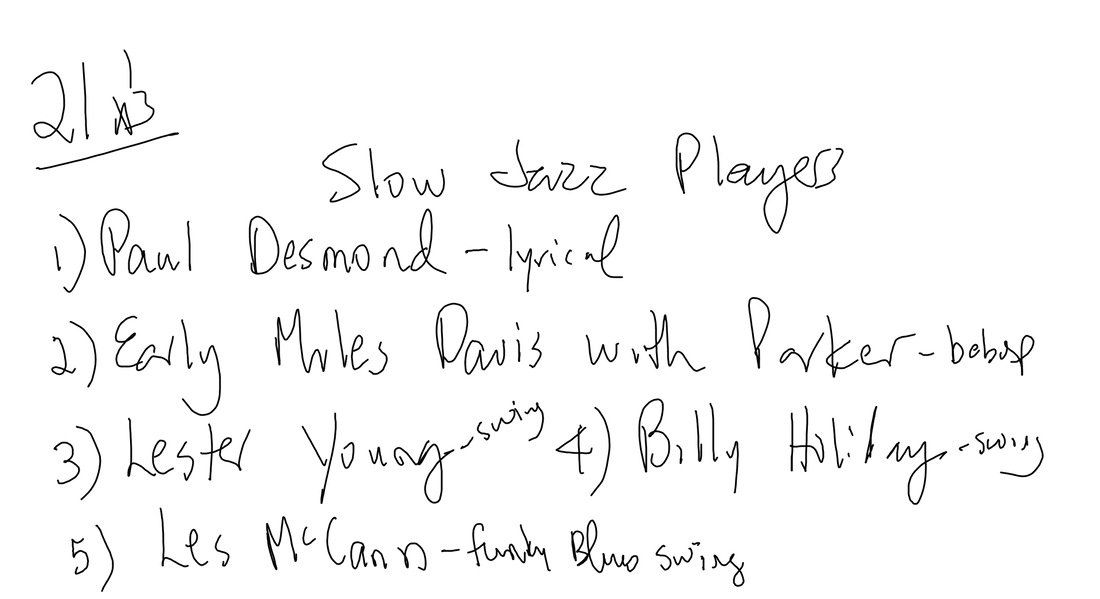
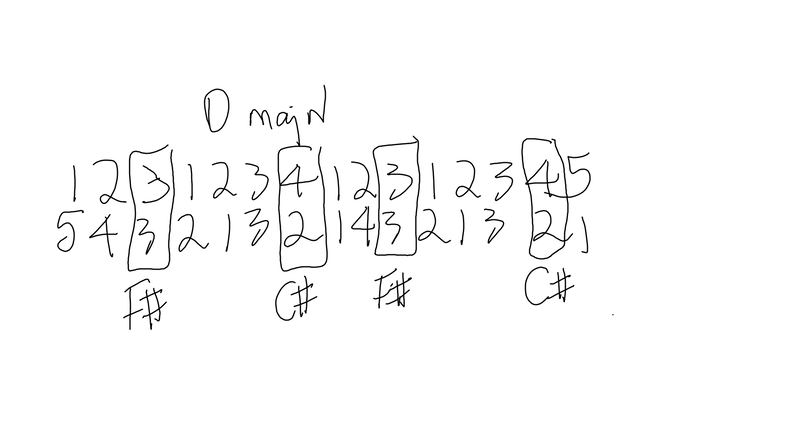
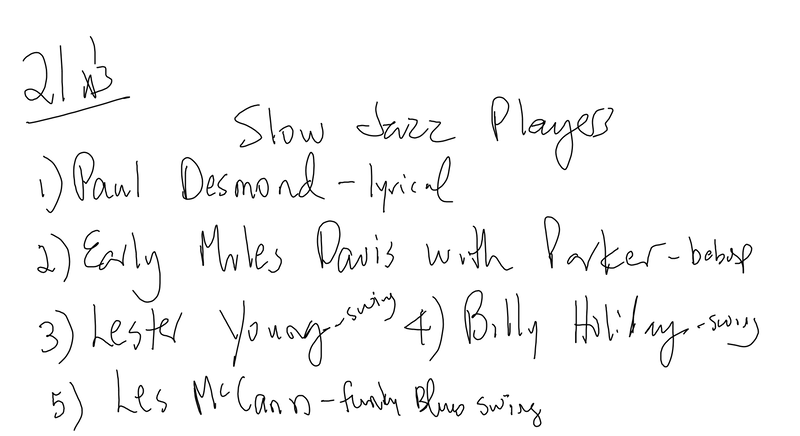
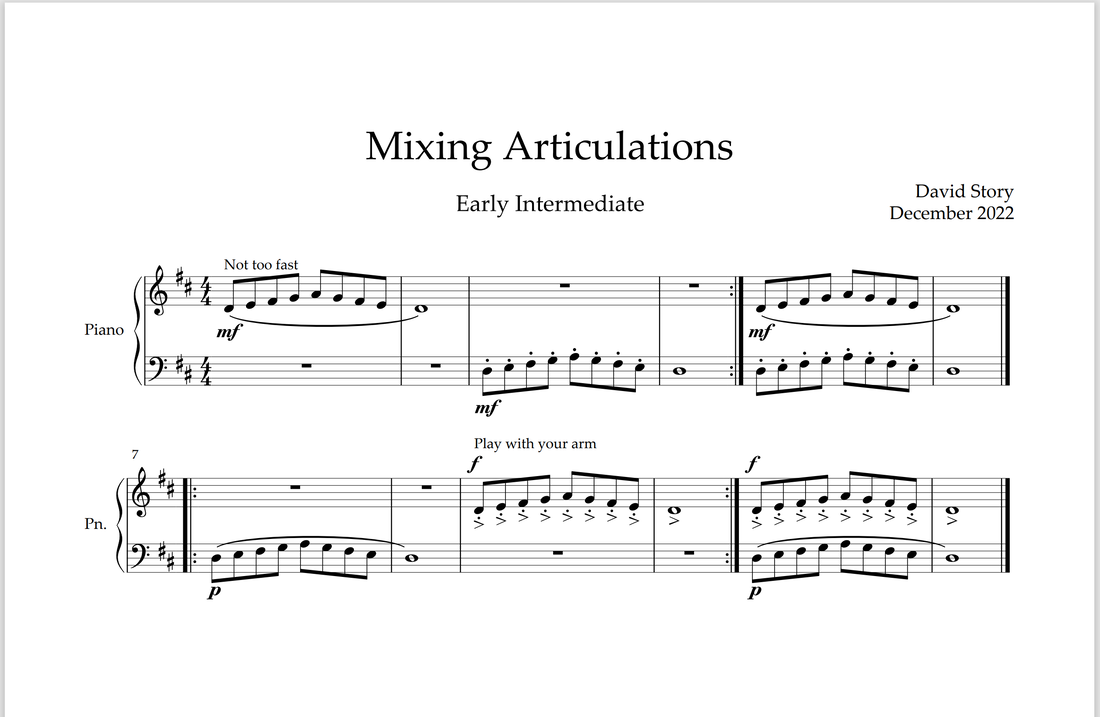
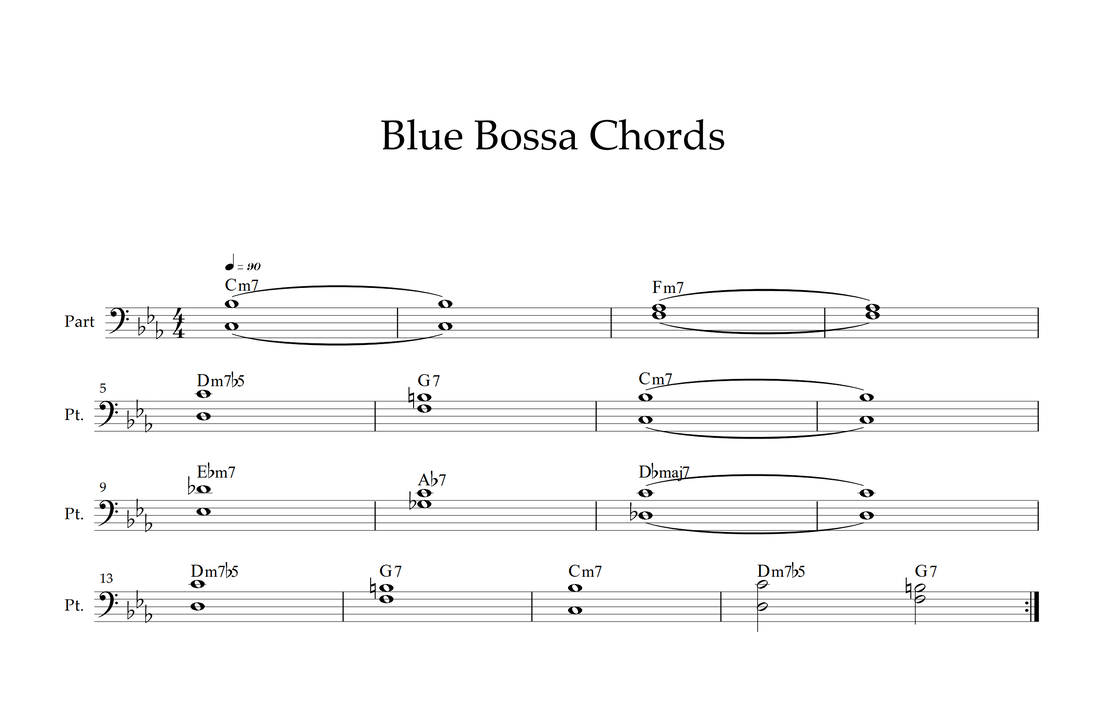
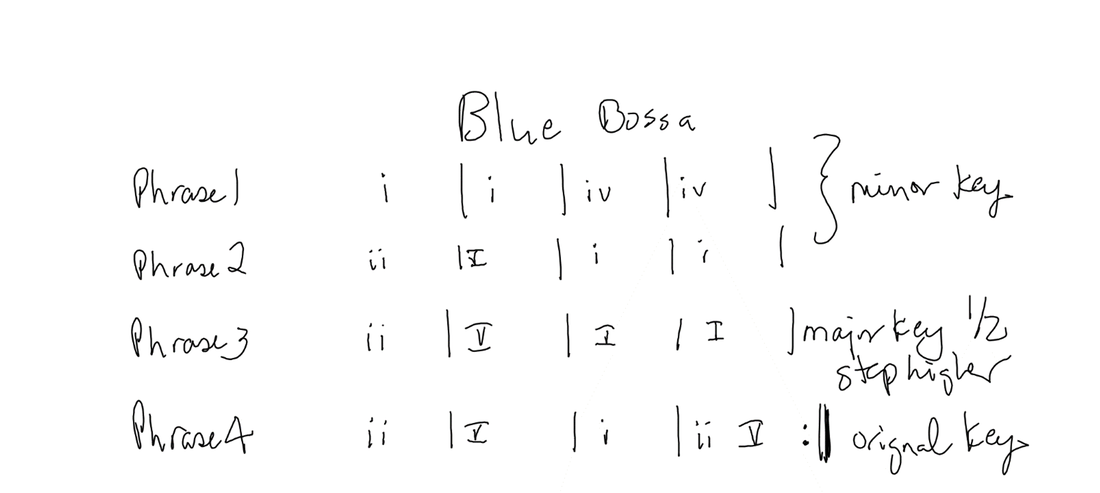
 RSS Feed
RSS Feed